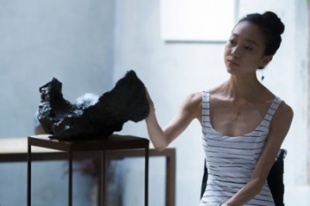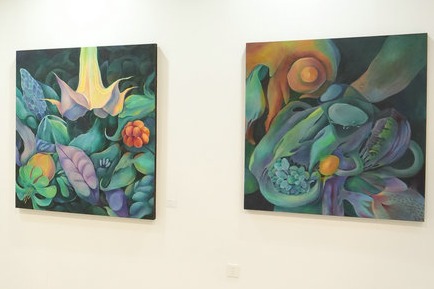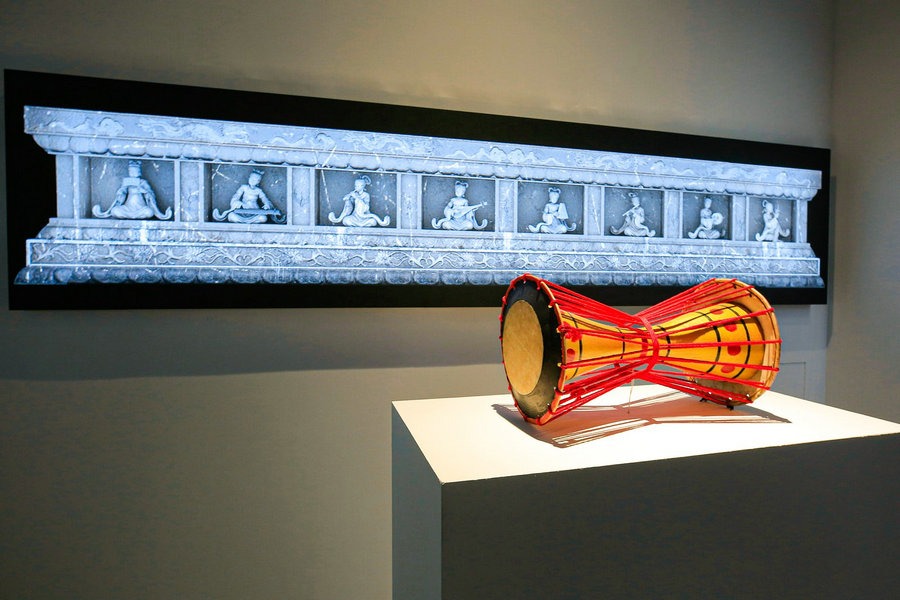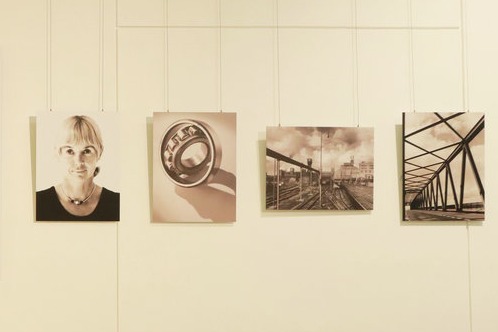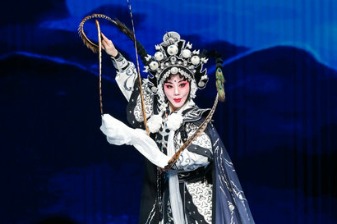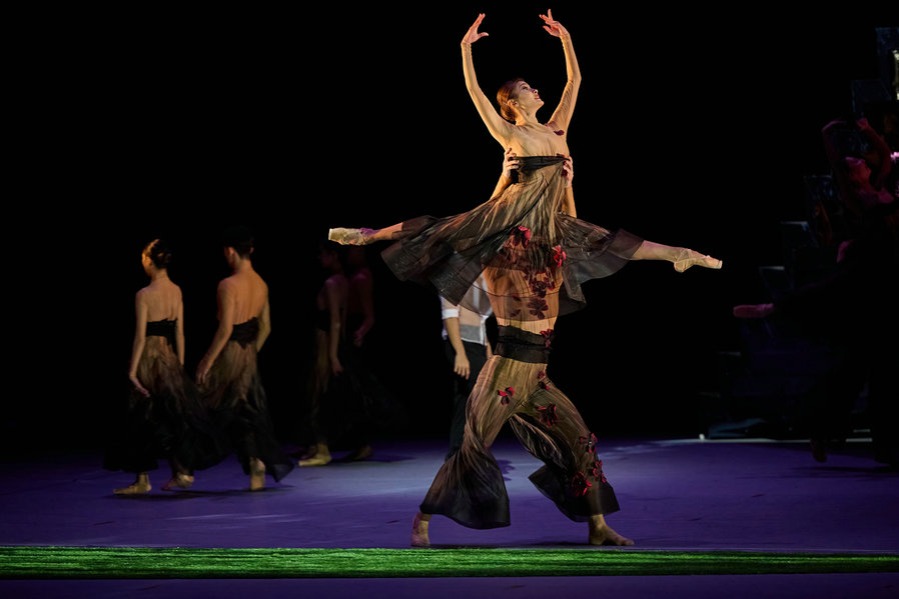When bodies move, hearts follow

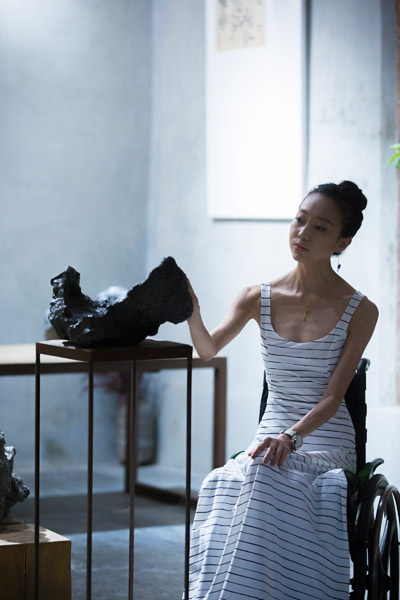
Considered one of China's leading classical dancers at the peak of her glittering career, dancer-choreographer Liu Yan severely injured her vertebrae during a rehearsal for the opening ceremony of the 2008 Beijing Olympic Games.
The accident left her paralyzed below the waist, and she had to bid farewell to the stage and adjust to life in a wheelchair.
However, this didn't stop the 37-year-old from continuing to dance, and trying to push the boundaries of the art form along the way.
During the recent International Summit of Creative Arts for Therapy and Education, held in Beijing on Nov 9 and 10, Liu shared her life-changing moment and her most recent studies in dance movement therapy.
As the professor of the Beijing Dance Academy, Liu is also preparing for a new course in dance movement therapy, which is set to be launched next year.
"I first learned about dance movement therapy when I pursued my doctoral degree in dance theory at the Chinese National Academy of Arts in 2013," recalls Liu, who has been researching the hand gestures of classical Chinese dance since 2010 and published a book on it. "I am interested in dances that center around the hands, which I want to combine with the development of the dance movement therapy course."
She adds that besides the Western studies of dance movement therapy, traditional Chinese dances, martial arts and qigong (breathing exercises), will also be introduced into the new course.
"I want to help more people through dance movement therapy, especially those with no background in dance. The physical movements will help them battle adversity and regain control of their lives," Liu adds.
According to Martina Piff, the former president of the German Dance Therapy Association, this form of therapy takes inspiration from traditional societies where dance-a rhythmic relationship of sound and movement combined with a collective expression of feelings-is regarded as an important healing practice.
"We encourage participants to experience nonverbal communication and observe how movement plays a role in self-exploration, communication, and collaboration. Our bodily awareness constantly moves between the self, others and our environment," Piff says during the forum.
As a dancer who had been performing classical Chinese dance since the age of 9, Liu, who was born in Hohhot, Inner Mongolia autonomous region in northern China, graduated from the Beijing Dance Academy in 2003. She won several national dance awards and appeared at national galas as a lead solo dancer.
Six years after falling from a malfunctioning 3-meter-high platform during the rehearsals for the 2008 Olympics opening ceremony, she returned to the stage as the lead dancer in The Red Thread.
The modern dance piece featured in the Festival Croisements 2014, an event celebrating 50 years of diplomatic relations between China and France.
After withdrawing from the limelight, Liu established her Liu Yan Arts Special Fund in 2010 to help poverty-stricken students, orphans and migrant workers' children through arts education.
"We offer free dance classes to disadvantaged children. When their bodies move, their hearts follow," Liu says.


